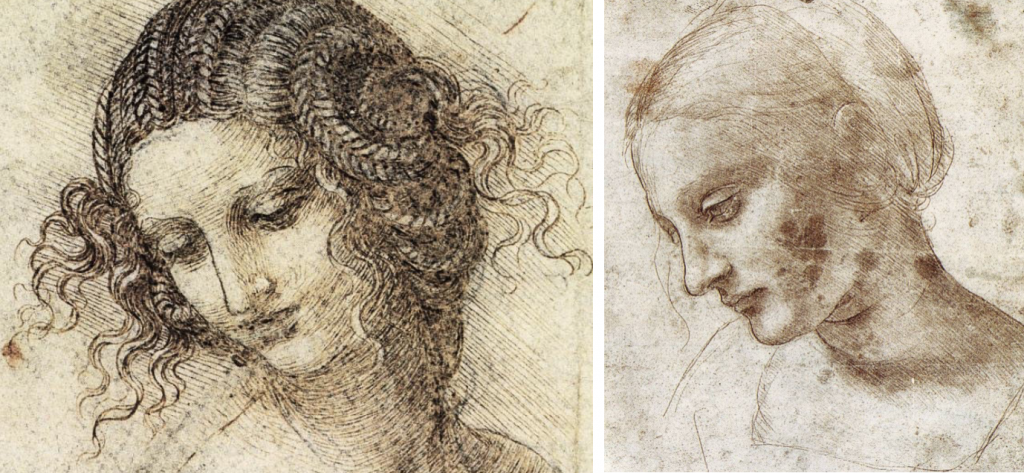da Vinci and the Renaissance 2019 (Italy) Dashboard
Description
 Led by Prof. Dino Franco Felluga ([email protected]), da Vinci and the Renaissance is a fully cross-disciplinary study-abroad program that explores the transition from the medieval period to the Renaissance across multiple subjects (art, architecture, engineering, science), thus laying out how much of what we take for granted today about technology or about the human subject were implemented in this rich period, especially in Italy. The focus for the course will be that most famous “Renaissance man,” Leonardo da Vinci. The course’s interdisciplinary approach asks students to think about the constructed nature of the things we take for granted as “natural” (e.g., time, space, human subjectivity, meaning, sight, knowledge, and law), thus opening our eyes to the significance of cultural differences.
Led by Prof. Dino Franco Felluga ([email protected]), da Vinci and the Renaissance is a fully cross-disciplinary study-abroad program that explores the transition from the medieval period to the Renaissance across multiple subjects (art, architecture, engineering, science), thus laying out how much of what we take for granted today about technology or about the human subject were implemented in this rich period, especially in Italy. The focus for the course will be that most famous “Renaissance man,” Leonardo da Vinci. The course’s interdisciplinary approach asks students to think about the constructed nature of the things we take for granted as “natural” (e.g., time, space, human subjectivity, meaning, sight, knowledge, and law), thus opening our eyes to the significance of cultural differences.
We finish in the last days of the course by flash-forwarding to our present century so we can consider not only how Renaissance thinking made possible a number of present-day developments (robotics and computing, for example), but also the myriad ways that we are now seeing a cultural, ontological, and epistemological shift that is as far-reaching as the one between the medieval period and the Renaissance. The Peggy Guggenheim Museum and the Venice Biennale will provide us with our artistic examples of so-called “postmodernism.”
Galleries, Timelines, and Maps
There is no content in this group.
Individual Entries
Marcantonio della Torre was an anatomist and professor at the University of Pavia around the 16th century. While employed there, he and Leonardo da Vinci worked closely togehter studying corpses and annotating findings. It was here that da Vinci performed his 30 human dissections. It was believed they had intentions of publishing an anatomy book together. Unfortunatley, della Torre died in 1511 from the plague and thus the countless papers never got published, keeping both della Torre and da Vinci and the hidden fathers of anatomy.
Oxford University is where Brian Bellhouse along with a group of medical researchers confirmed Leonardo da Vinci's theory on blood flow through the aortic valve. Only with the use of radiograpy and dyes was this confirmed 450 years after da Vinci wrote about it in his notes. In the research notes, the group wrote "Leonardo da Vinci correctly predicted the formation of vortices between cusps and its sinus and appreciated that these would help close the valve." Another study was doen at the Carolina Heart Institute by Francis Robicsek in 1991 which compared da Vinci's and Bellhouse's experiements.
Marcantonio della Torre was an anatomist and professor at the University of Pavia around the 16th century. While emplyed there, he and Leonardo da Vinci worked closely togehter, studying corpses and annotating findings. It was believed they had intentions of publishing an anatomy book together. Unortunatley, della Torre died in 1511 from the plague and thus the countless papers never got published, keeping both della Torre and da Vinci and the hidden fathers of anatomy.
